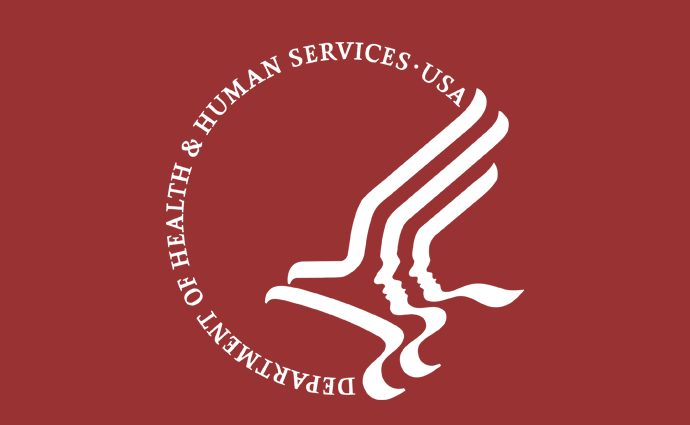HHS Launching Direct Contracting Payment Models for Primary Care
The Primary Cares Initiative will bring value-based reimbursement to primary care through five models, including three direct contracting payment models.

Source: Xtelligent Healthcare Media
- HHS recently announced that CMS will launch the Primary Cares Initiative in 2020, which will give about one in four primary care providers the opportunity to receive value-based reimbursement and engage in direct contracting payment models.
The Primary Cares Initiative will have two main tracks – Primary Care First and Direct Contracting – and five value-based reimbursement models, including three direct contracting models that involve different levels of financial risk sharing.
“For years, policymakers have talked about building an American healthcare system that focuses on primary care, pays for value, and places the patient at the center. These new models represent the biggest step ever taken toward that vision,” HHS Secretary Alex Azar stated in a press release.
“Building on the experience of previous models and ideas of past administrations, these models will test out paying for health and outcomes rather than procedures on a much larger scale than ever before,” he continued. “These models can serve as an inflection point for value-based transformation of our healthcare system, and American patients and providers will be the first ones to benefit.”
Through the CMS Innovation Center, the Primary Care First (PCF) track will test whether sharing financial risk and tying provider payments to quality performance will reduce total Medicare spending, improve care quality, and advance patient outcomes.
The track contains two payment models: PCF and PCF-High Need Populations. Under both models, primary care providers will receive a monthly payment for their patient population, with specialized providers in the PCF-High Need Populations model receiving higher payments to treat populations with complex conditions and who are seriously ill.
Through PCF payment models, primary care providers will have the opportunity to earn performance-based financial bonuses by reducing unnecessary hospitalizations and reducing total cost of care.
However, if participating providers fail to decrease hospital utilization and costs rise, they will have to bear financial responsibility for the extra spending up to a certain share of their practice’s revenue.
CMS plans to test the PCF track of the Primary Care Initiative for five years starting in January 2020, with a second application round slated for January 2021.
CMS designed the PCF with small primary care practices in mind, Azar said in a press conference earlier today. Larger primary care organizations, on the other hand, should look to the direct contracting options part of the Primary Cares Initiative, he added.
The Directing Contracting track is geared toward organizations with at least 50,000 Medicare fee-for-service beneficiaries and those with risk-based contract experience, CMS Administrator Seema Verma explained at the press conference.
The track will offer large organizations two direct contracting options – global and professional – and a potential geographic direct contracting opportunity.
Depending on the direct contracting payment model in which the organization is participating, providers will receive a fixed monthly payment that will range from a portion of expected primary care costs to the total cost of care. Providers in the global model will also bear full financial risk, while those in the professional model will share risk with CMS.
CMS is also seeking comment on a third directing contracting opportunity, which will allow innovative organizations to assume financial and clinical responsibility for the total cost of care and health needs of a population in a defined region. The payment model will be known as the geographic model.
The federal agency expects to launch the geographic model in January 2021, while the other two direct contracting models will start in January 2020 with an initial alignment year. Then, performance periods for the global and professional models will begin in January 2021 and run for five years.
Through all five payment models in the Primary Cares Initiative, CMS intends to transform the care for over one-quarter of all Medicare fee-for-service beneficiaries and about one-quarter of primary care practitioners and other healthcare providers.
“As we seek to unleash innovation in our health care system, we recognize that the road to value must have as many lanes as possible,” Verma stated in the press release. “Our Primary Cares Initiative is designed to give clinicians different options that advance our goal to deliver better care at a lower cost while allowing clinicians to focus on what they do best: treating patients.”
